The Gala Dalí Castle (Casa-Museu Castell Gala-Dalí) in the medieval village of Púbol, Spain, adjoins a fourteenth-century church. The village, in the La Pera municipality of the Baix Empordà region, is sleepy and picturesque. The castle itself, perhaps as old as the eleventh century, is austere, built to defend against rival barons, Muslim armies, and time. This, no doubt, cracked Salvador Dalí up.
Two-parts mad genius and one-part just mad, Dalí is best known as the mustachioed face of Surrealism—the artistic attempt to produce the unconscious, visibly, with words and dream-inspired pictures—and as one of the most talented and most insistently weird painters of the twentieth century.
His other eccentricities aside (he was a pacifist but supported Franco; he made a movie involving cut-up human eyes and giant eggs filled with mustard), Dalí was madly in love with his wife, Gala. They bought and restored the half-ruined castle of Púbol after their secretary and collaborator, Enric Sabater, photographed it from the air in 1969.
Dalí immediately went to work making his castle—intended to be Gala’s “refuge” from the world—strange. He placed sculptures of his trademark spindly-legged elephants in the garden and busts of Richard Wagner around the swimming pool. He built Gala a throne and dais. He painted her as an angel. He filled the house with priceless art and homages to art.
Perhaps best of all, Dalí put the castle’s radiators behind steel screens, disguising them beautifully—only to then paint beautiful trompe l’oeil radiators over the screens.
In 1982, Gala passed away in Portlligat, and her body was immediately brought to the castle. (Dalí had the doctors fake the place of death to avoid paperwork.) Gala was buried in a red Dior dress in the cellar, and the castle became Dalí’s final workshop.
Curiously, Dalí isn’t buried at Púbol. After being badly burned in a fire at the castle, he moved back to Figueres, 25 miles away, where he died in 1989 of heart failure. There he lies buried at one of his other museums (he has three in Spain), the Theatre Museum in Figueres.
The castle at Púbol has been open to the public since 1996.
Know Before You Go
By plane: Fly to Girona, Barcelona, or Perpignan. By the AP7 motorway (Barcelona-la Jonquera): Take the Girona North exit, towards Palamós. After the village of Bordils, take the road to La Pera, and then to Púbol. By the Nacional II Road: Take the Barcelona-France towards Palamós. If you drive from Figueres, turn right at Parlavà and drive until you reach the C-66 road. There you turn right towards Girona. After driving 2 km, turn left to follow the road to La Pera and then Púbol. By train: Take the RENFE train line from Barcelona to Portbou. Stop at the Flaçà station. From Flaçà, Púbol is 4 km away. By bus: Take the SARFA regular line, stopping at Flaçà and La Pera. There is a free car park in the entrance of Púbol village.



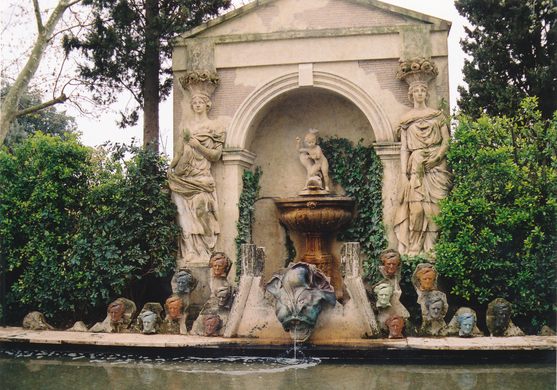
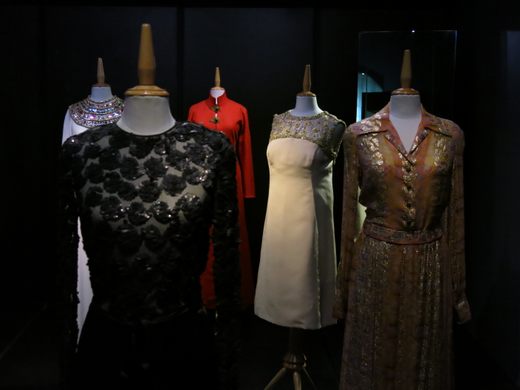

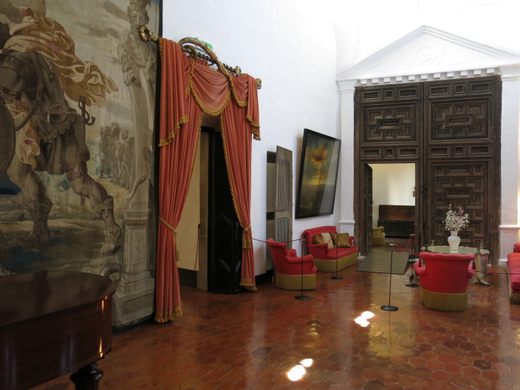

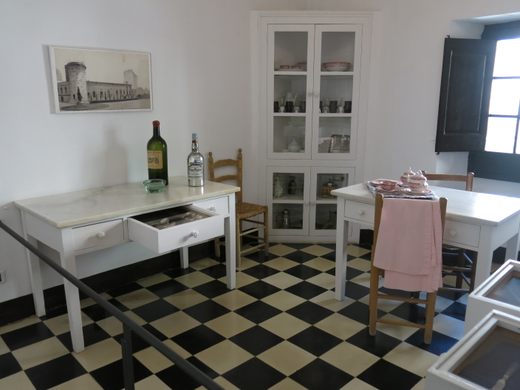







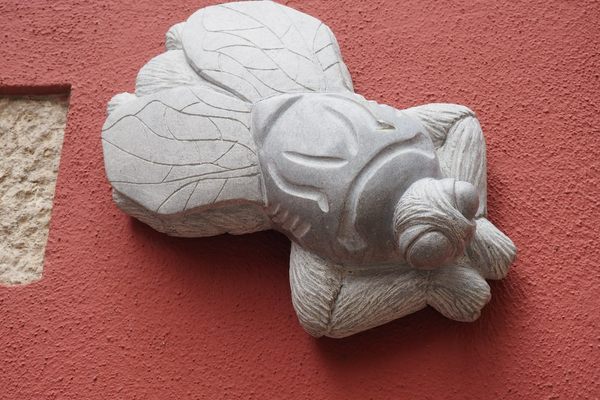








Follow us on Twitter to get the latest on the world's hidden wonders.
Like us on Facebook to get the latest on the world's hidden wonders.
Follow us on Twitter Like us on Facebook